Natural Light Photography — Techniques & Benefits Explained
Mục Lục
What is Natural Light in Photography
Shooting with natural light
Natural light sounds pretty straight forward, but there is a lot that goes into how to harness it. To understand how it changes throughout the day, it’s important to understand the natural light definition.
NATURAL LIGHT DEFINITION
What is natural light photography?
Natural light in photography refers to any source of light that is created by the sun. Natural light is the most basic form of light there is. The quality and amount of light present depends on different variables, most notably the weather and the time of day. There are pros and cons when it comes to natural light photography. The quality of light can’t be beat but it’s harder to control, for example. It’s also constantly changing so you’ve got to work fast.
What is natural light in photography used for?
- Low cost
- Offers variety
- Can be used indoor and outdoor
- Effective for varying photographic styles
Natural Light Photography Breakdown
Characteristics of natural light
Natural light is the most basic form of light in photography. While it is what most photographers use when just starting out, it is also a go to light source for many professional photographers as well. Why? Natural light can come in different forms depending on the characteristics and circumstances.
Intensity
The intensity of a light source is often called the quantity of light. Basically, intensity is a term used to describe how much light falls onto a subject.
With natural light, the intensity can vary depending on both the time of day and the weather. For example, the intensity of natural light is much higher on a clear day at high noon. And much lower on a stormy day or a few hours before sunset as you approach golden hour.
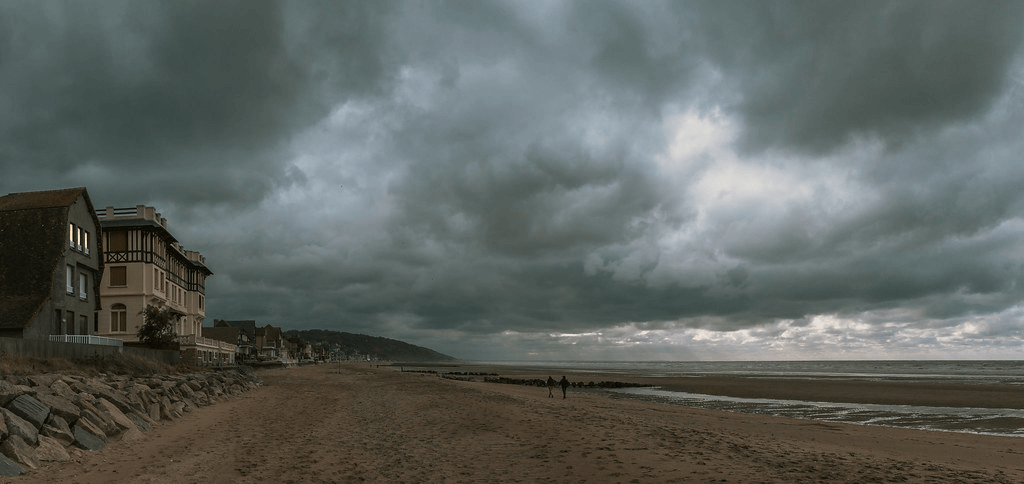
Natural light examples • Lower light intensity
Color Temperature
Another important characteristic to be mindful of when using natural light is color temperature. The color temperature of natural light changes throughout the day. This is due to the fact that as the Earth revolves around the Sun, the sun’s position in the sky changes.
This causes different wavelengths of light to be seen at different times of the day and therefore different color temperatures.
For example,
For example, golden hour is so named because of the warmer color temperature natural light has at this time. At high noon, the color temperature is less warm since the sunlight is more direct.

Natural light examples • Golden hour color temperature
Aside from the time of day, weather can also affect color temperature. Clouds and snow can make the color temperature of natural light much cooler. Keep this in mind when setting your camera’s white balance.
Direction
The position of the sun in the sky not only affects color temperature, but the direction of light as it hits the subject. This is important depending on what type of photography you are shooting.
For example, if you are shooting portrait photography, natural light at midday will be directed downward on a subject. This can be unflattering. Instead, you’ll want to shoot closer to sunrise or sunset to have the natural light come in from the side or it can be used as a backlight or rim light.
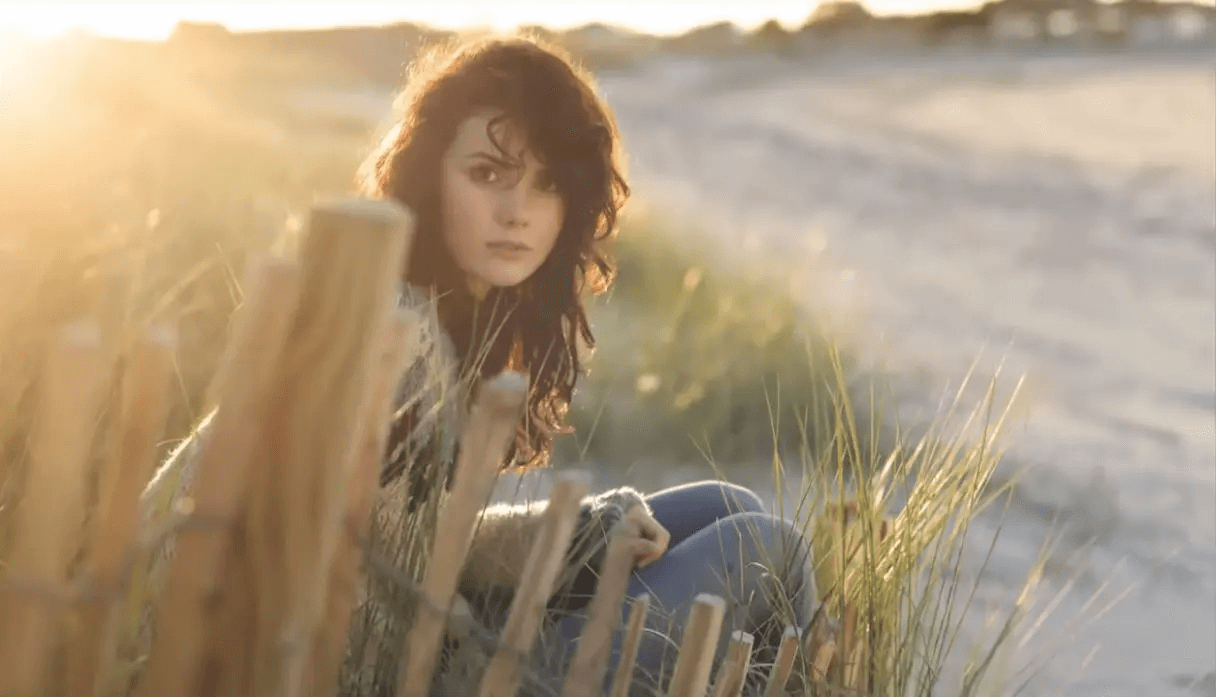
Natural light portrait photography
You can, of course, use tools like reflectors and bounce light to help change the direction of natural light. More on that later.
Quality of Light
Lastly, the quality of natural light will undoubtedly be a characteristic to keep in mind. By quality of light, think of either hard and direct light versus soft and diffused light.
The quality of light you need will depend on what you are shooting. For example, most portraits will require softer, diffused light. This can be achieved by shooting closer to golden hour or on an overcast day when the clouds are diffusing the sunlight.

Soft natural light in photography
However if you are shooting black and white landscapes or black and white street photography, hard natural light will lend itself to the high contrast photography you are shooting.
It’s important to understand what factors affect the different characteristics of light. Understanding how weather and the time of day affects natural light will make you better at using it to achieve the images you desire.
Now that you have a better understanding of the different ways natural light can be used, let’s talk about the reasons why you might want to use it.
What is Natural Light in Photography Used For?
Benefits of Using Natural Light
Like we said before, natural light is used by both photographers who are just starting out and professional photographers. What makes it such a great tool?
Low cost
Because natural light comes from the sun, it is quite literally a free light source. This makes it such a great tool for photographers who are just starting out and do not have the budget for big, fancy lights.
Indoor and outdoor function
Natural light is obviously a great light source for outdoor photography. But it is also a great way to expose your indoor photography as well. As natural light pours into a space through windows and doors, it is shaped in interesting ways. Depending on the location, light through a window can be all you need.
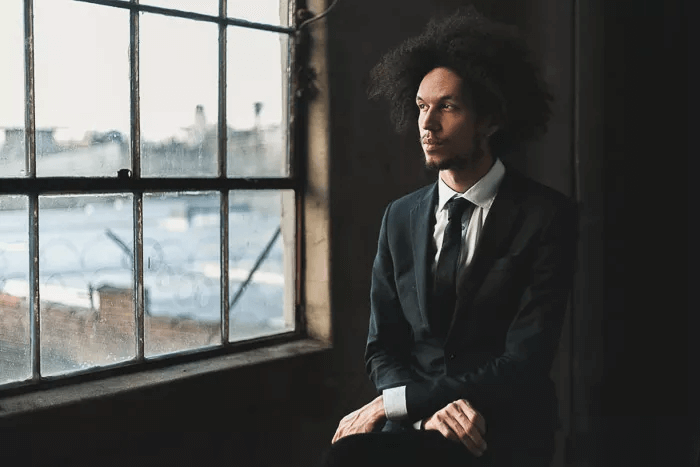
Indoor natural light photography
Convenience
Because the sun is always there, using natural light can be incredibly convenient. If you know how natural light works and can coordinate your shoot according to the weather and time, all you have to do is show up to your location with your subject, camera, and possibly a few reflectors.
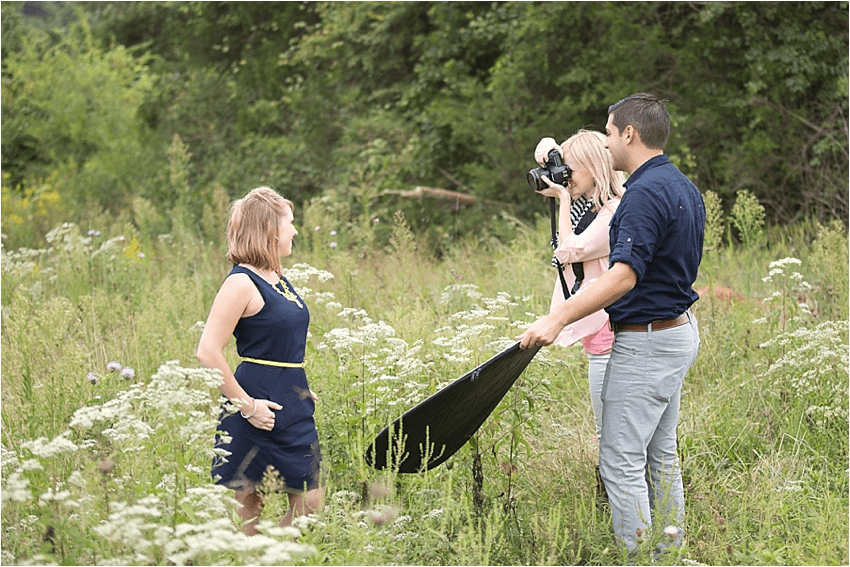
Natural light photography with reflector
Rather than lugging a whole bunch of lights around, natural light will be there conveniently until the sun starts to set.
Variety
Because natural light is affected and manipulated so much by weather and the time of day, natural light provides variety. Like we mentioned earlier, natural light can be cool or it can be warm. It can be intense or subtle.
It can also be hard and direct or it can be soft and diffused depending on the conditions of the shoot. However, because these characteristics depend on conditions that are out of our control, some opt for artificial light.
Photos with natural light vs artificial
Natural vs artificial light
So far, natural light sounds like the ultimate light source for photographers. However, it has its downsides that cause photographers to opt for artificial light sources.
Volatility
The quality of natural light largely depends on variables that are out of our control such as the time of day and the weather. Because of this, natural light can be extremely volatile and unpredictable.
Artificial light, on the other hand, can be controlled and can be much more consistent. With artificial light, you don’t have to wait for a cloud to cover up the sun again or be constricted by the time of day to direct the sunlight. Artificial lights can be moved and redirected immediately.
Image quality
Another thing to consider about natural light is that you do not always have full control over the intensity of the light. This can cause you to compensate for the lack of intensity by boosting your ISO or generally compromising the balance of your exposure triangle settings.
This can lead to more noise or grain in your image.
It can also cause you to compromise the overall vision of your image if the intensity of the light is overpowering.
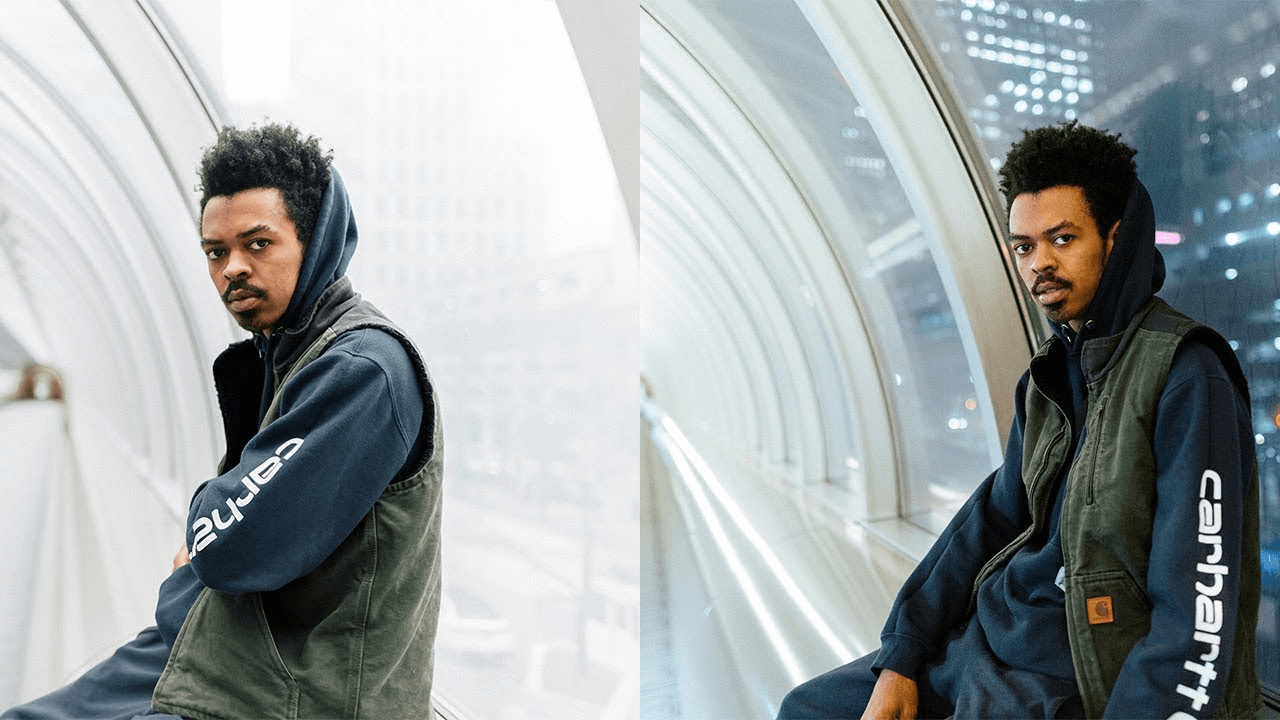
Artificial vs Natural light photography
Artificial light, however, will consistently put out the same light intensity so that you can achieve the image you desire. With artificial lights, you can also simply add more lights if your image is underexposed rather than boosting your ISO.
All this said, knowing how to shoot with natural light is incredibly important for any photographer. Let’s take a look at a few natural lighting tips that will help you get better images.
What is Natural Light in Photography
Natural Lighting Photography Tips
Natural light may not be the most controllable or predictable light source, but there are different ways to work with it rather than fight it.
Shoot at golden hour
Like we mentioned earlier, golden hour is one of the most coveted time periods of the day to shoot with natural light. The color temperature is nice and warm, the direction of the light is much more appealing, and the light quality is a bit softer yet can still be great for dramatic photographs.

Photos with natural light at golden hour
Use the weather to your advantage
Weather inherently affects natural light. Learning how it does will allow you to use specific weather to your advantage. For example, say you want to take some bright, flattering portraits with soft, diffused lighting. Check the weather for any upcoming overcast days. The thin layer of clouds on an overcast day will diffuse the light so that you can capture the portraits you envision.
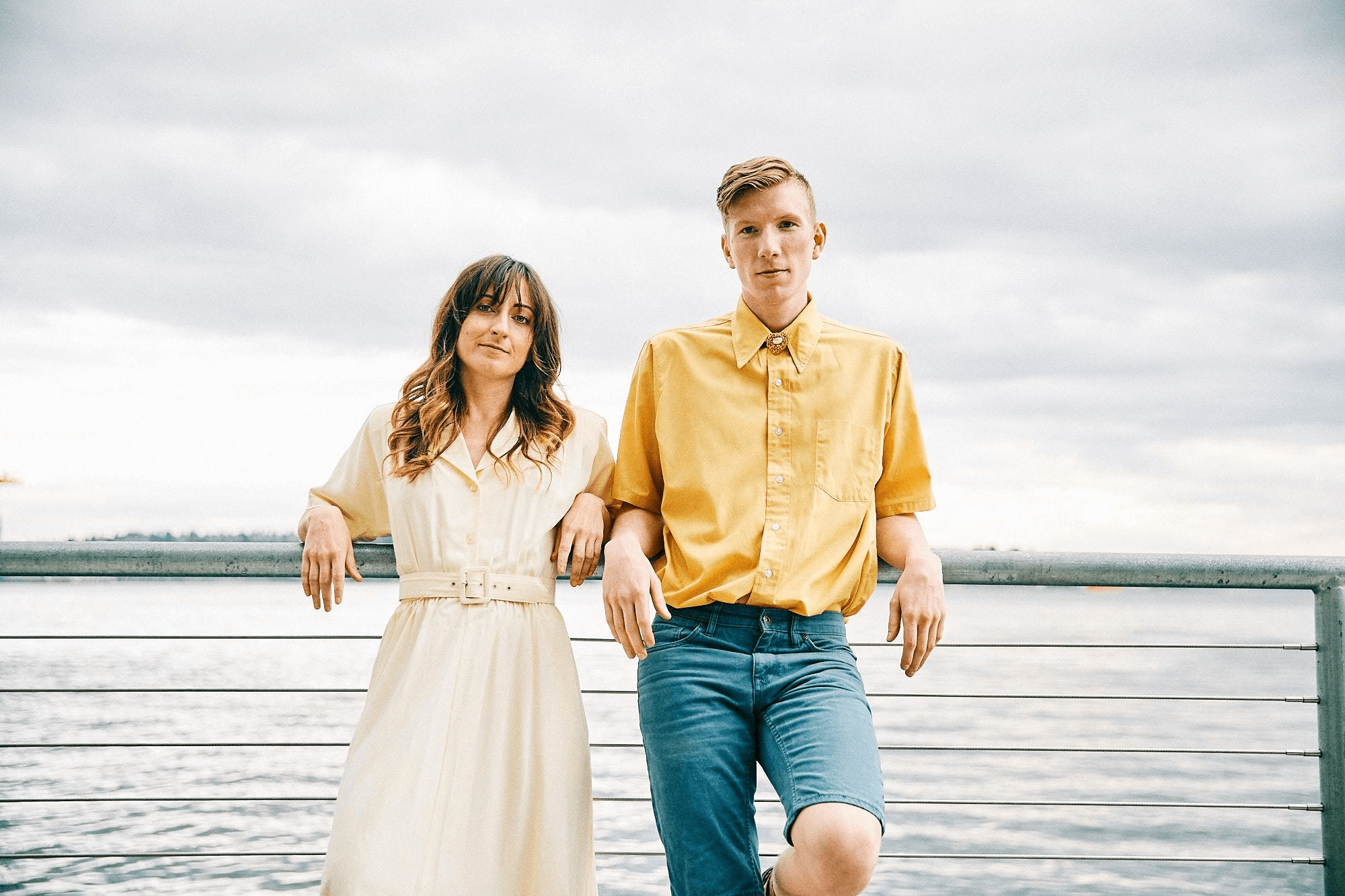
What is natural source of light • Overcast lighting
Use a reflector
If you plan on using strictly natural light for your photography, it’s imperative to invest in a good reflector. We can’t immediately control the direction of natural light. However, a reflector allows us to bounce natural light in the direction we need it.

Natural light headshots with reflector
Use an Neutral Density Filter
We cannot always control the intensity of natural light. However, with a neutral density filter, also called an ND filter, we can cut out some of the light entering the camera.
ND filters are great if you really have a desired aperture or shutter speed you want to shoot at and do not want to change them for the sake of exposure. They also have unique effects on the texture of an image and can capture motion like qualities in a still image using only natural light.
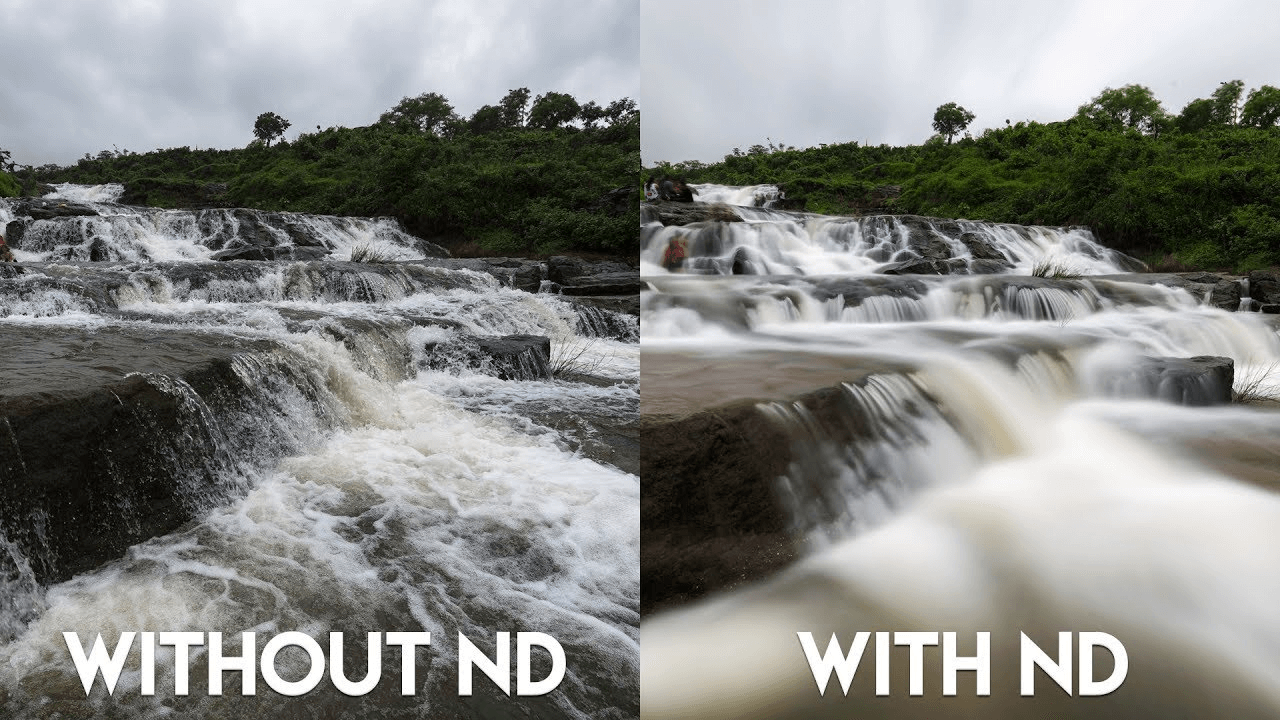
ND filter natural light photography
Experiment with shadows
Sometimes, natural light produces the most unique, crisp shadows due to the sun’s extreme distance from the Earth. Use this to your advantage if you find yourself shooting midday with a high sun. Hard natural light can create dappled lighting and produce unique shadows and textures on a subject.
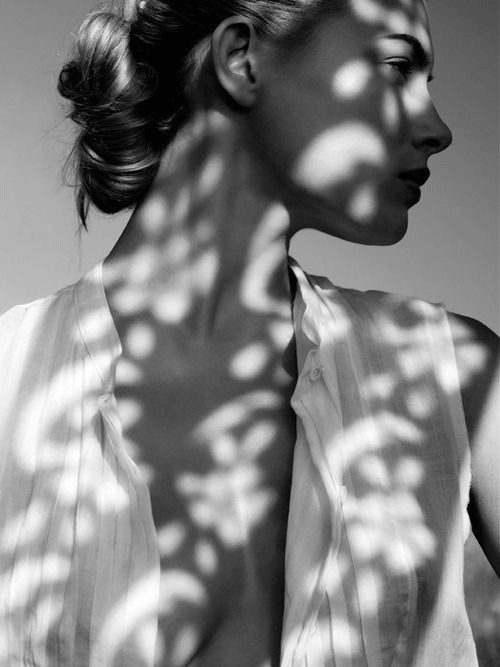
Dappled natural lighting photography
As you can see, most of these tips are ways to work with natural light and not entirely against it.
Natural light can create unique effects that are difficult to reproduce.
As the most basic source of light photographers have, understanding how to use natural light and how it works will make you a better photographer even if you decide to use artificial lights.
It is also the most easy source of light to practice with since it is on everyday. So take advantage of it and get out shooting!
Up Next
When is Golden Hour?
It is nearly impossible to discuss natural light in photography without talking about the golden hour. What makes golden hour the most coveted hours in the day for photographers? How can you use it to elevate your photography? We answer all of this and more in our next article.















![Toni Kroos là ai? [ sự thật về tiểu sử đầy đủ Toni Kroos ]](https://evbn.org/wp-content/uploads/New-Project-6635-1671934592.jpg)


